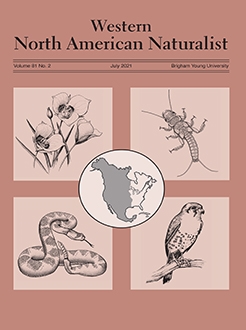Custom camera traps were positioned at American pika (Ochotona princeps) haypiles in 12 warm, low-elevation locations of eastern California over 5 years and during warm and cold seasons. These camera traps detected 26 mammal and 10 bird species, including 4331 pika events as well as visits by 16 sympatric herbivores and 7 pika predators. Camera traps documented pika occupancy at some sites that had been evaluated from field surveys as extirpated, and they also confirmed field assessments of extirpation at other sites. Individual pikas could be distinguished by scars, size, and pelage diagnostics, allowing animals to be followed through sequences of photos and enabling behavioral interpretations and documentation of winter and warm-season activities. Temperature measurements at haypiles and talus interiors corroborated prior findings that rocky interiors are much cooler than surfaces, have highly attenuated daily temperature fluctuations, and offer refuge for pikas from high daytime temperatures. Nocturnal activity was recorded for pikas as well as for many other species, but we found little evidence that night activity of pikas at haypiles increased when prior day temperatures were excessively warm. The capacity of pikas to be active at all times of the day adds to their resilience in the face of predators, foraging needs, and changing climates.
How to translate text using browser tools
13 July 2021
Camera Traps Provide Insights into American Pika Site Occupancy, Behavior, Thermal Relations, and Associated Wildlife Diversity
Constance I. Millar,
Kenneth T. Hickman
ACCESS THE FULL ARTICLE

Western North American Naturalist
Vol. 81 • No. 2
July 2021
Vol. 81 • No. 2
July 2021





